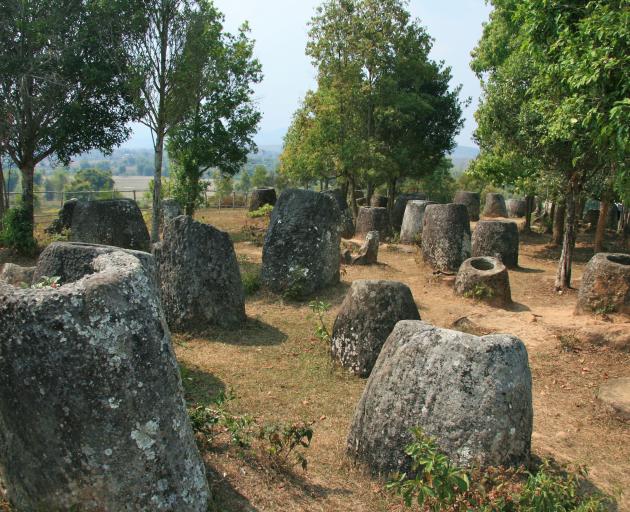
The Plain of Jars consists of more than 100 sites, each containing between one and nearly 400 ancient, giant stone "jars", some up to 3m tall.
The jars' purpose, and the people behind them, have remained a mystery since they were first scientifically studied in the 1930s, although they have long been associated with human burials.
University of Otago palaeopathologist Associate Prof Sian Halcrow and James Cook University academic Kate Domett led a small team of academics and local helpers investigating the remains of bodies uncovered by the project.
The primary burials of two individuals were discovered at the site - the first time primary burials have been found at the Plain of Jars.
Secondary burials, human remains reburied after an initial interment or disturbed after burial, were also found in the ground beside the jars and in smaller pottery vessels.
Eighteen individuals were identified from three excavation areas. Eleven of those individuals were infants and children.
Many had died at the foetal stage, or in early infancy.
Prof Halcrow said she hoped she had contributed to piecing together the puzzle of who was associated with the jars.
However, a mountain of research was still possible in the Plain of Jars.
"The bioarchaeological work is significant as it has shown there was likely a large population that was possibly growing in size at or near the site at this time.
"And this is particularly interesting in light of the new dates that could place this site as being used within the Angkorian Empire."
